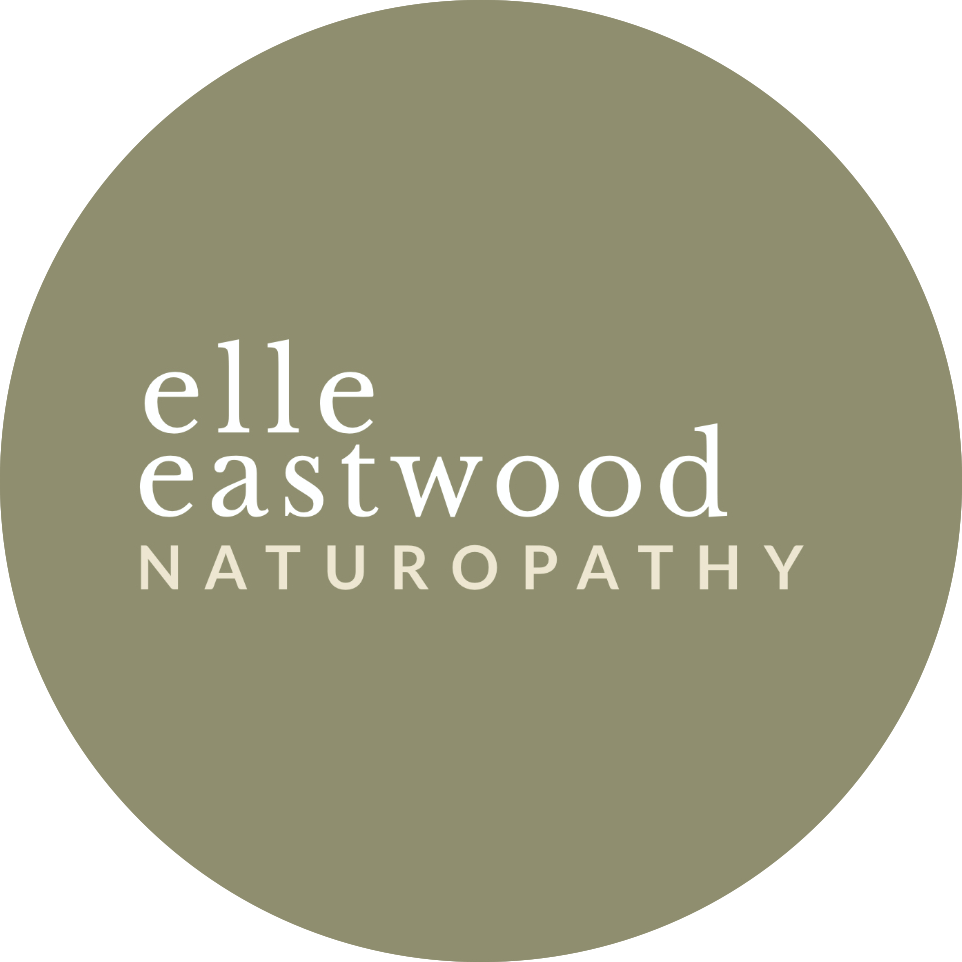How to support your gut if you have to take antibiotics
In previous posts I have talked about how antibiotics is like a nuclear bomb to the gut. It destroys many harmful gut bacteria and many beneficial gut bacteria. Studies show that after a single course of antibiotics, alterations to the gut microbiome** can exist for over 16 months.
**Here's a quick crash course in what the gut microbiome actually is:
- the gut microbiome refers to the bacteria that reside in your gut
- it weighs around 1- 1.5kg
- it contains over 10 times the number of cells in the human body and over 1000 different bacterial species (both beneficial and harmful)
- it performs many biochemical reactions which include immune system modulation, nutrient absorption, weight, mood and blood sugar regulation and more.
- many agents can disrupt the colonic microbiome, including stress, diet, environment, painkillers and most notably, antibiotics.
- research now suggests our microbiome has the capacity to influence our entire genealogy as only the microbiota we have can be passed down.
Unfortunately, there are many instances where antibiotics are absolutely necessary or unavoidable. In these cases, it is always important to finish the antibiotic course to prevent antibiotic resistance but most importantly, set about to nourish and feed the microbiome survivors! There are lots of things you can do throughout the antibiotic course and afterwards to support gut health.
Probiotics:
- Probiotic supplementation: probiotics encourage the growth of your own beneficial bacteria and decrease the populations of pathogenic bacteria. There are hundreds of probiotic strains and if seeking a supplement, it's important to know you are acquiring suitable strains at appropriate quantities. For these reasons, it's often best to consult a qualified naturopathic practitioner. Probiotics should be taken throughout an antibiotic course but dosage should be separated by a few hours.
- Include a probiotic-rich yoghurt in your diet: Vaalia yoghurt and Activia are both Australian made proven probiotic yoghurts. Vaalia contains 3 probiotic strains including Lactobacillus rhamnosus GG strain. L. rhamnosus is a well studied probiotic strain, particularly for it's use in antibiotic treatment and gut and skin conditions. It is a myth that the supplement form of probiotics is always superior to food forms such as yoghurt. Many clinical trials have demonstrated the therapeutic effects of using medicinal yoghurts. Best of all, both yoghurts can be purchased at most Australian supermarkets.
Prebiotics:
Prebiotics are like a selective fertiliser which gives the beneficial bacteria food to grow which can't be utilised by harmful bacteria.
- Prebiotic rich foods: include foods such as onions, leeks, legumes, beetroot, sunflower seeds, dandelion root, jerusalem artichoke and pumpkin seeds which are all rich in prebiotics.
- Prebiotic like foods: such as almonds, dark cocoa and green tea. Early studies show green tea has the capacity to raise levels of beneficial bacteria in the gut. A 2012 study showed consumption of 1000mL's of green tea daily increased levels of bifidobacterium in subjects. One litre of green tea is a lot but incorporating a few cups (aim for organic) into your daily diet is a good start.
Generally, whilst taking an antibiotic course (and post course), it's best to aim for a whole-foods, plant based diet, rich in polyphenols and fibre. Polyphenols are found throughout the plant kingdom and prominent in foods such as cocoa, tea, dark fruits (blueberries, plums, grapes) and colourful vegetables (red cabbage, black olives, spinach). The combination of polyphenols and fibre in these foods has shown to stimulate growth of beneficial bacteria, inhibit the growth of pathogenic bacteria and encourage production of short chain fatty acids like butyrate and acetate which have an overall anti-inflammatory action on the gut. So aim for lots of wonderful, colourful, fruits and vegetables. Luckily, many of the colourful vegetables are rich in prebiotics as well so you can't go wrong- the plant kingdom is so clever and combines so many of the compounds we need in perfect packages.
As the wonderful Dr Jason Hawrelak says - we are custodians of our gut microbiotas. Let's steward them well.
References:
- Duenas, M, Gonzalez, I, Cueva, C, Jimenez-Giron, A, Sanchez-Patan, F, Santos-Buelga, C, Moreno-Arribas, V & Bartolome, B 2015, 'A Survey of Modulation of Gut Microbiota by Dietary Polyphenols', Biomed Research International,
- Hawrelak, J 2016, The Natural Gastrointestinal Masterclass Two; Prevention and treatment of travellers diarrhoea and gastrointestinal microbiota restoration.
- Jin, J, Touyama, M, Hisada, T & Benno, Y 2012, 'Effects of green tea consumption on human fecal microbiota with special reference to Bifidobacteriumspecies', Microbiology and Immunology, vol. 56, no. 11, pp. 729-739
-Manley, K, Fraenkel, M, Mayall, B & Power D 2007 'Probiotic treatment of vancomycin-resistant enterococci: a randomised controlled trial', MJA, vol. 186, no. 9, pp. 454-457Duenas, M, Gonzalez, I, Cueva, C, Jimenez-Giron, A, - Sanchez-Patan, F, Santos-Buelga, C, Moreno-Arribas, V & Bartolome, B 2015, 'A Survey of Modulation of Gut Microbiota by Dietary Polyphenols', Biomed Research International, vol. 2015, pp. 1-15

